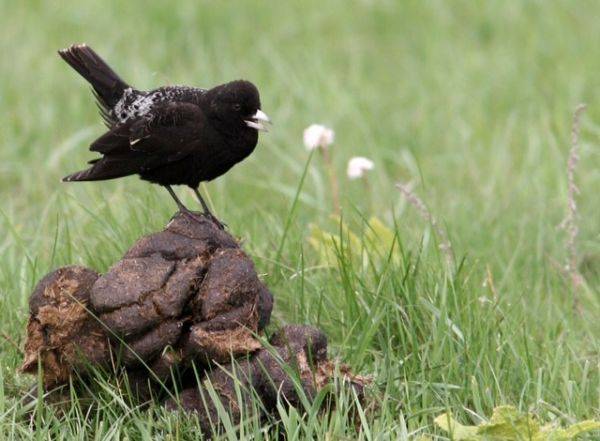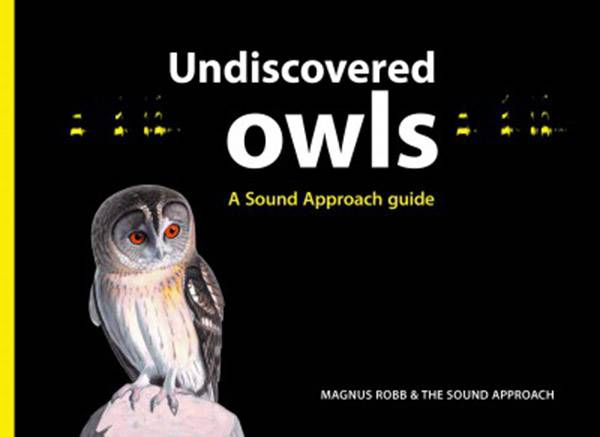A Guide to 200 Common Birds of Lebanon, by Richard Prior.
ISBN 978-9953-0-3964-0 In English and Arabic
Society for the Protection of Nature in Lebanon (SPNL)/A Rocha Lebanon
Arabic Translation by Assad Serhal and Jumana Serhal
Published in Lebanon.
Available from SPNL, $25: see http://www.spnl.org/product-tag/common-birds/. Postage possibly extra. May be available from UK outlet in future.
This is a splendid starter book for anyone in Lebanon, young or old, who has become interested in birds. If I had received a book like this in UK when I was young (that’s over 60 years ago!), I would have been delighted, as doubtless so would everyone who at that time developed an interest in the natural world. The RSPB’s membership would be double its present number of over one million!
Why do I say this? Each species is on its own page and has a good colour photograph and high-quality colour drawings, the latter reproduced with permission from the The Birds of the Middle East (Bloomsbury Press). The accompanying text is brief, but pertinent. I have every confidence from my past correspondence with Assad Serhal that the Arabic texts display a similar light touch. The book is a positive delight in its presentation, which catches the eye and enchants the mind.
The book’s structure is conventional, which means that readers who go on to more detailed volumes will not find their layout strange. The Introduction contains in summary form sections headed: About this book; Describing birds; Finding birds; Watching birds; When to see birds; Migration; Threats to birds, and Birdwatching locations in Lebanon, the last-named intelligently grouped in a way that divides essentially into habitats. However, these concise texts shrewdly include points that will make the reader think beyond the text itself, essential if an initial interest is to be maintained.
This book should be of considerable help in the campaign to reduce bird-killing in the Middle East, because it is an exemplar of the adage, ‘A picture is worth a thousand words’, and we already know that young minds are helping conservation efforts by changing their elders’ views in other OSME countries. However, I see this book as a model to be adopted or followed in other OSME countries because its bilingual format bridges a gap difficult to overcome in any other way. To do so, the collaborative effort that brought this book to fruition was the key to its success and would have to be emulated.
Now if OSME were to interest other countries in the Region in the concept, format and size of this book as a template for their own starter bird books, 200 Common Birds of Lebanon could be the start of what I see as a most welcome series.
Mike Blair


